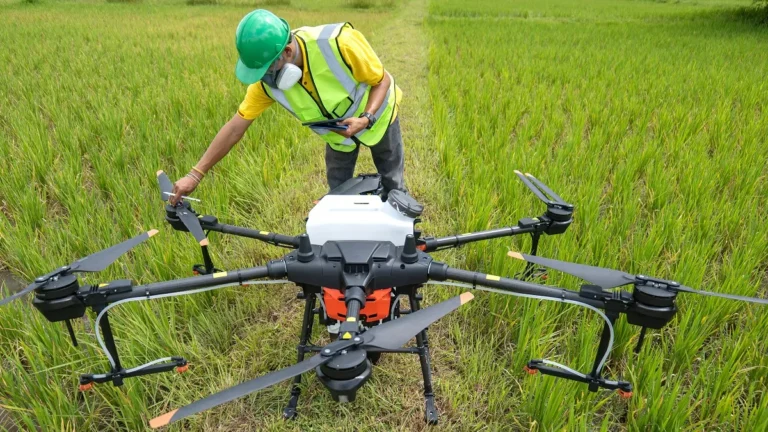How Technology Is Helping Combat Fake News and Misinformation
In an era marked by rampant misinformation, technology emerges as a crucial ally in the fight against fake news. Algorithms sift through vast amounts of data, pinpointing patterns associated with falsehoods. Meanwhile, AI-driven fact-checking tools enhance verification processes. Crowdsourcing also invites collective scrutiny of information. However, questions remain regarding the effectiveness of these methods and the role of media literacy. What implications do these advancements hold for the future of information integrity?
The Role of Algorithms in Identifying Misinformation
As misinformation proliferates across digital platforms, algorithms have emerged as critical tools in the fight against fake news.
These systems facilitate misinformation detection by analyzing patterns and trends in data. However, concerns regarding algorithmic bias persist, as flawed training data can skew results.
Ensuring transparency and accountability in these algorithms is essential for fostering a more informed public and preserving the integrity of information.
See also: How Technology Is Revolutionizing Supply Chain Management
AI-Powered Fact-Checking Tools
A growing number of AI-powered fact-checking tools are revolutionizing the way information is verified in the digital age.
These tools utilize automated verification processes to analyze vast amounts of data, quickly identifying inaccuracies and misinformation.
Crowdsourcing Information Verification
Crowdsourcing information verification harnesses the collective knowledge and vigilance of the public to combat misinformation.
By leveraging social media collaboration, individuals can contribute to the accuracy of news and information.
This crowdsourced verification approach empowers users to challenge false narratives, fostering a community-driven effort against fake news.
As more people participate, the reliability of shared content improves, enhancing societal resilience against misinformation.
Enhancing Media Literacy Through Technology
The fight against fake news extends beyond verification methods; enhancing media literacy through technology plays a pivotal role in equipping individuals with the skills necessary to discern credible information.
Digital literacy initiatives leverage online resources to educate users about evaluating sources, recognizing bias, and understanding the impact of misinformation. This proactive approach empowers individuals, fostering critical thinking and enabling informed decision-making in an increasingly complex media landscape.
Conclusion
In conclusion, technology serves as a formidable ally in the fight against fake news and misinformation. For instance, a hypothetical scenario where an AI-powered tool swiftly flagged a viral falsehood about a health crisis illustrates the potential for real-time intervention. By leveraging algorithms, crowdsourcing, and enhanced media literacy, society can cultivate a more discerning public capable of navigating the complexities of information. Such advancements not only mitigate the spread of false narratives but also foster a culture of informed discourse.



